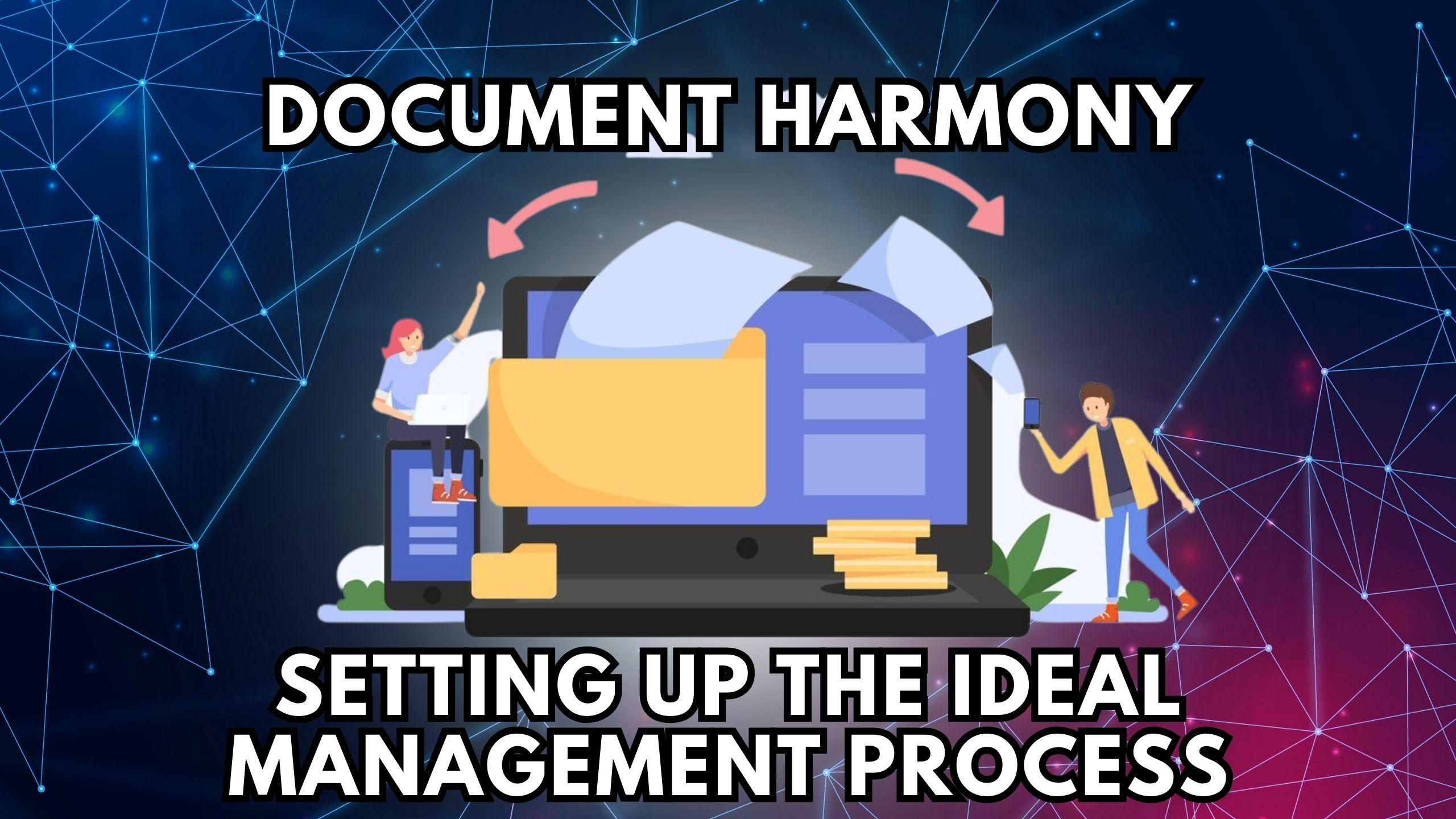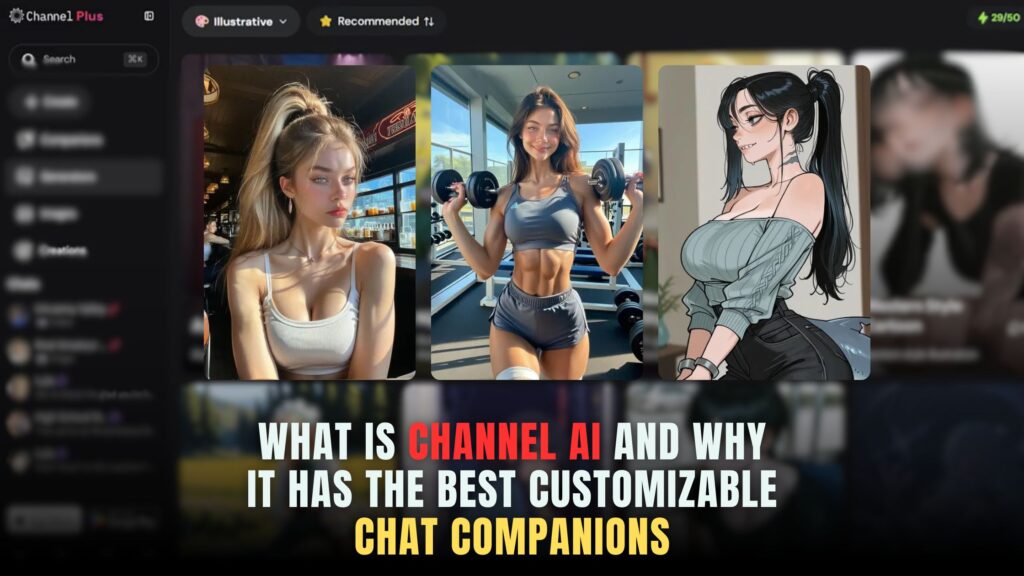Document Harmony: Setting Up the Ideal Management Process
- Expense Management Software Credit Cards Investing Business Solutions


Document Harmony: Setting Up the Ideal Management Process
An effective document management process is crucial for any business aiming to operate efficiently. With the rise of remote and hybrid work environments, having organized systems for creating, sharing, storing, and accessing documents is more important than ever.
Establishing Goals and Requirements
The first step is identifying your organization’s specific goals and requirements for a document management system. Key questions to consider:
What types of documents do you work with most frequently? Proposals, contracts, design files, spreadsheets etc.
How many users need access? Will certain users have edit vs view-only permissions?
Do you need workflow automations for review and approval processes?
What are your security and compliance needs?
How long do documents need to be retained and archived?
What is your budget for new software if needed?
Thoroughly analyzing your goals upfront will allow you to select and configure the best system to meet your organization’s unique needs.
Choosing the Right Software
With clear goals defined, you can evaluate potential software options like Box and Dropbox based on features, integrations, ease of use and cost:
Storage capacity – How much space do you require to store documents short and long-term? Some systems offer unlimited storage and archiving capabilities for predictible monthy fees
Permission controls – Can you restrict access with role-based permissions and authentication? This helps maintain security protocols.
Search – Does the system allow quick searching by document title, content, tags or custom fields? Search is crucial for easy information retrieval.
Version control – Does it track revisions and allow document comparision between versions? This is important when teams collaboatively edit files.
Choosing user-friendly software that aligns with your budget and requirements will drive adoption across the organization.
Structuring Your File Hierarchy
Once you’ve selected a document management system, thoughtfully structuring your folders and files promotes findability. Some best practices include:
- Create a parent folder for each department, project or client
- Use subfolders to break down by document type, status or year
- Keep folder names short but descriptive
- Implement a file naming convention early on
- Add relevant tags/metadata to files to aid searchability
Standardizing how information is organized makes it far easier for users to navigate to what they need.
Automating Manual Processes
Many document management systems like DocuSign and PandaDoc offer automation features like:
Document routing workflows with notifications and deadlines
eSignatures for digital approvals and contracts
Forms to collect data and auto-populate documents
Integration with platforms like CRM, HRIS and billing systems
Process automation saves significant time by removing manual efforts around sending, tracking and filing documents.
Providing Ongoing User Support
Launching new software means change, which some employees may resist. Providing training resources and on-demand support eases the transition. Some helpful strategies include:
Creating user guides, video tutorials and FAQs for self-service
Having power users offer peer training and document best practices
Maintaining an open dialogue for user feedback to continually optimize
Investing in adoption and change management upholds usage and ensures your document management process keeps running smoothly long-term. Maintaining organized structures and automated
Relevant SaaS Products
Here are some SaaS tools relevant for managing documents:
- Box – Cloud content management and file sharing service enabling external collaboration
- Dropbox – File hosting service offering cloud storage and file synchronization
- Google Drive – File storage and synchronization service by Google with free basic accounts up to 15GB
- DocuSign – E-signature and digital transaction management service for sending documents
- PandaDoc – End-to-end document automation software with built-in eSign capabilities
Take Control of Your Subscriptions to Save Big
Do you find yourself struggling to keep track of all the SaaS tools used across your organization? Between individual subscriptions for remote employees plus company-wide platforms, costs can quickly spiral out of control. Unlock secret member-only deals on 100+ top SaaS apps and take back control with Subscribed.fyi.
Subscribed handles the tedious admin work so you can make strategic decisions about the right tech stack for your needs and budget. Register today to instantly unlock $100k+ in exclusive yearly savings from top vendors!
Relevant Links:








